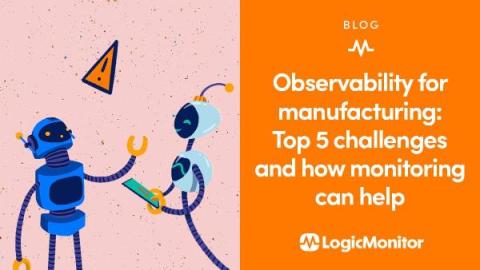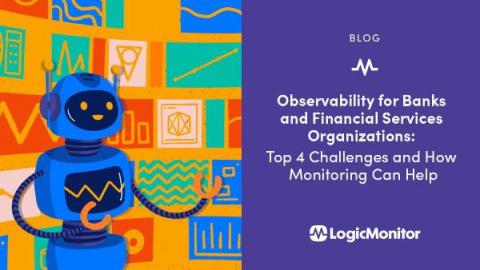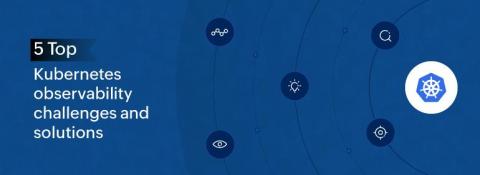Hybrid observability for manufacturing enterprises: Top 5 challenges and how monitoring can help
The manufacturing sector is at a crossroads. Industry 4.0 brought with it a wave of innovation, with the industrial internet of things (IIoT), advanced automated, and AI-driven analytics. Now, we’re experiencing the onset of Industry 5.0, where humans work alongside smart machines to create more sustainable products, services, and supply chains.











